A Pause for the Perfect Cup of Tea
Let me share a little secret with you: some of the world’s finest teas are made right here in the Nilgiris, especially during the winter season.
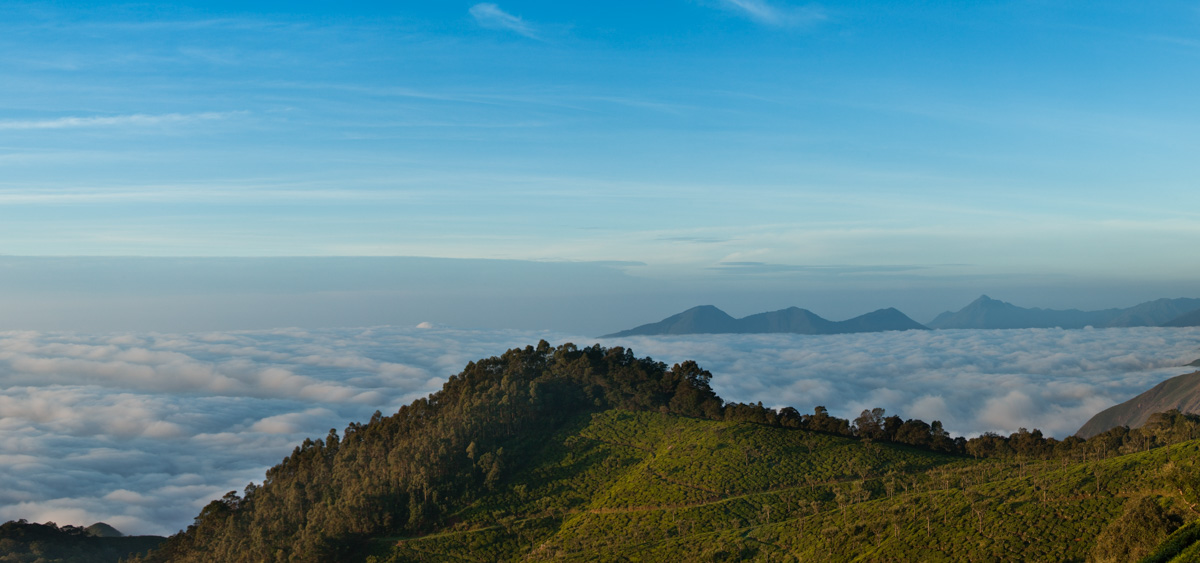
As I write these words, I can sense the numerous questions in the minds of our readers, so let me present some facts.
While the art and science of tea making are important factors that govern its taste, the natural conditions of the region where tea is grown, such as soil, climate, and elevation, also play a critical role. And unlike the style of tea making, these conditions cannot be tampered with.
Of these, elevation plays a key role in determining the flavour of the tea. Simply put, the higher the elevation of the tea estate, the more flavourful the tea. Why is this so? The higher up you go, the less the oxygen in the air, thereby slowing down the growth rate of the tea bush. This slower growth means that the plant has more time to develop amino acids called flavonoids. These amino acids build up at the roots and slowly move up to the leaves, which are then converted into flavonoids, which give the final flavour in your cup of tea.

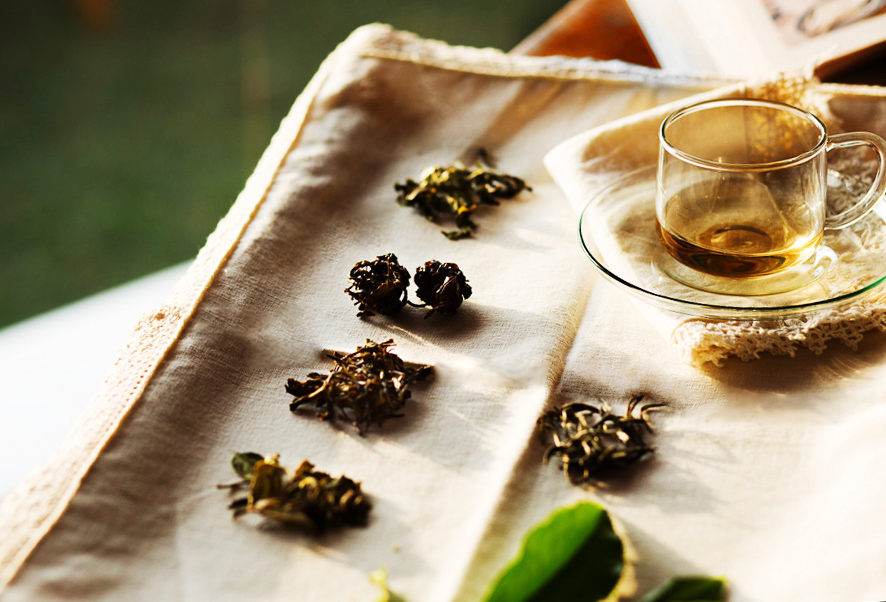
Here’s another secret: The Nilgiris has the world’s highest tea estates. At around 8000 feet there is simply no other place on earth that grows tea as a plantation crop as high as in the Nilgiris. Darjeeling, the region that makes the other famous Indian tea has its highest tea estates at just over 6000 feet. Let me explain why tea doesn’t grow at such heights anywhere else. The weather is generally too cold for tea to grow at these elevations. However, the geographical location of the Nilgiris provides the perfect temperature band through the winter months, for tea to grow even at these heights.
Talking about temperature, tea thrives between 13° C and 30° C and as you may have guessed, we are always within that range. Though night-time temperatures in winter can drop below 13° C, day temperatures are always within the optimum range. This results in a tea that is intensely flavourful and typically floral in nature.
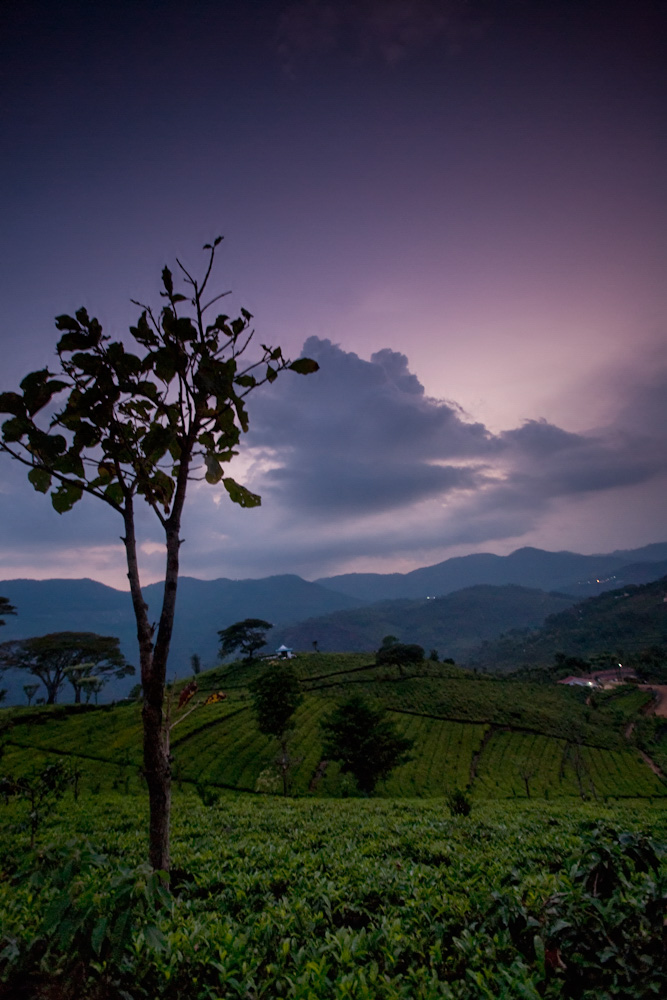

As the heavy rains of the North East monsoon slowly give way to winter towards the beginning of December, the weather becomes markedly cooler, with average night-time temperatures in the low single digits and occasionally even going below 0. The days, however, are always much warmer, typically hovering between 18° C and 21° C. The long cool nights of winter, followed by warm sunshine and the resulting low humidity, make the air much drier. All these elements combine to concentrate the sap in the tea leaves, and this contributes to giving our winter teas a magical character and flavour profile that is truly divine. I am not aware of any other place in the world that has this unique mix of weather. Long cool nights followed by intensely sharp sunlight during the short winter days, with the range of temperature ideal for growing tea.
The winter also brings with it heavy dew fall in certain parts of the Nilgiris and frost–sometimes resembling a carpet of ice–envelopes the tea leaves. This can prove to be a curse for tea estates as once the winter sun rises, the frost acts like a magnifying glass, and the sharp sunlight burns the leaves. However, it can also be a blessing–harvesting the tea leaves early in the morning before sunrise gives something called frost teas. The moisture from the frost helps seal in the flavour of the teas and intensify it, adding a sparkle to what is already among the finest teas on the planet. A remarkable–almost magical–recovery of the tea’s flavours, from what appears to be frost-bitten leaves!
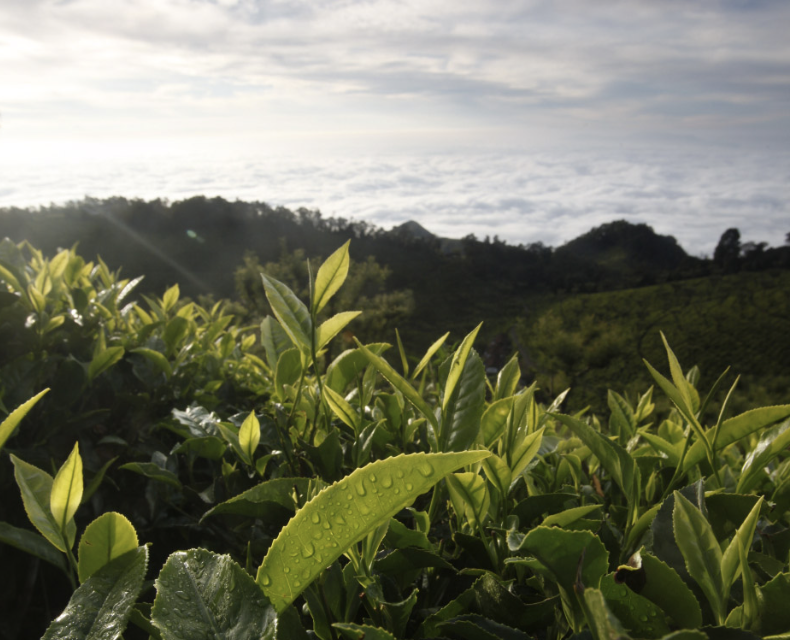
In this season of renewal, I welcome you to rediscover the joys of sipping a cup of fine tea. The art of making a perfect cup is rather simple and requires no fancy equipment. However, I recommend getting a digital kitchen scale if you don’t already have one; and a kettle with a variable thermostat or alternatively, a food thermometer to measure the temperature of the water. Fine teas are very fragile, and brewing them in water that is too hot will destroy the flavour.
To start, measure three grams of tea per cup (225 ml) and keep it in a vessel or a teapot. Heat water to 70° C. Pour the hot water onto the tea leaves and brew for 3 minutes. Strain and enjoy.
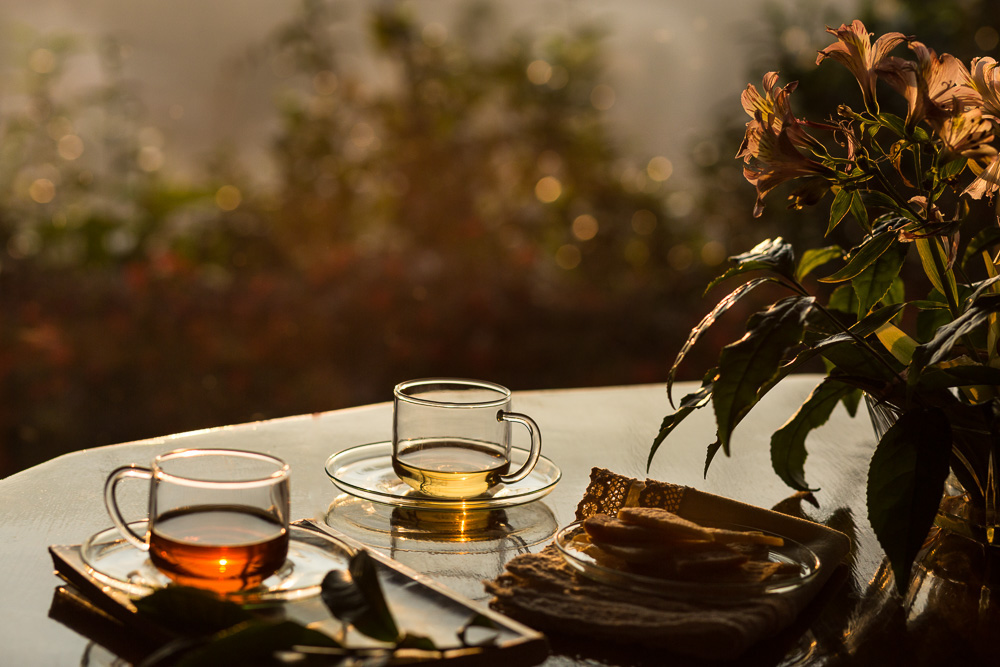



Very interesting read on tea plantation to a good cup of tea. Surprise to know that water shall be 70°C and not as I have been making (boiling water ~100°C)